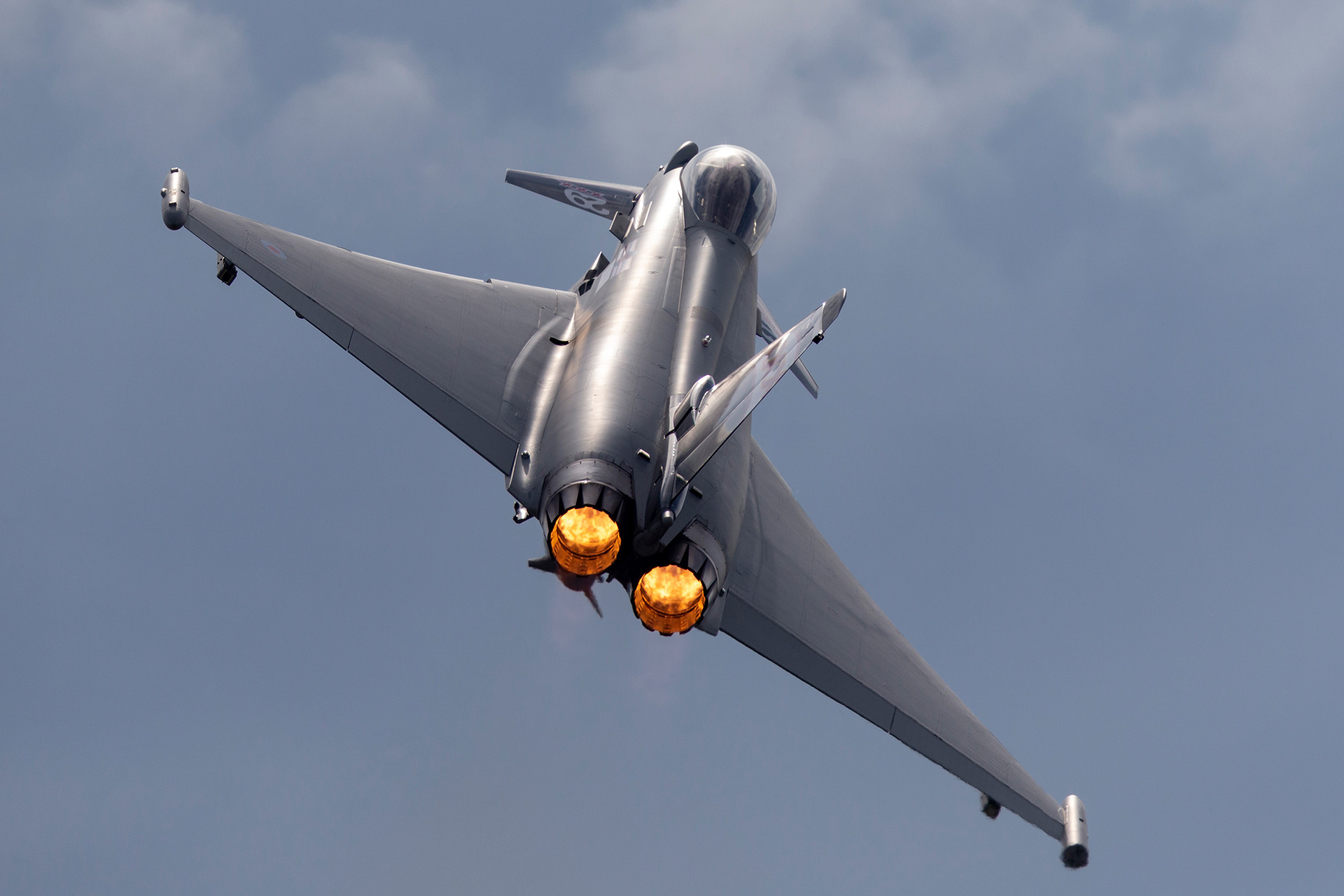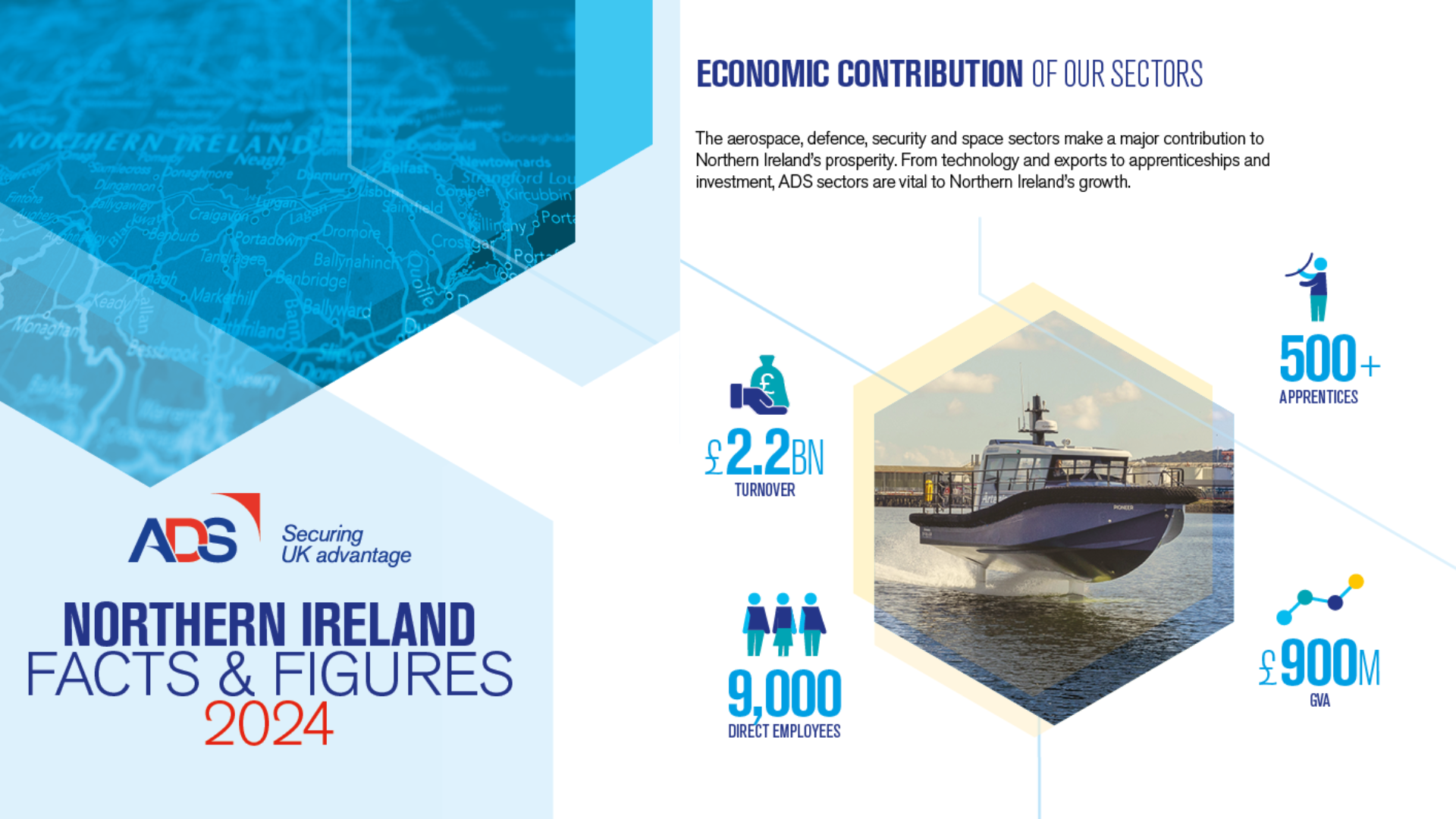
Written by Zach West, MBDA secondee.
Introduction
On 12 September 2023 Defence Equipment & Support (DE&S) released a refreshed strategy, following their 2021 publication. Set in the context of the war in Ukraine, which has brought “a renewed emphasis on having a warfighting capability that matches and outstrips our adversaries”, the strategy outlines DE&S’s plans to increase capability and efficacy in the defence sector, which ADS is pleased to support as part of its work in the Defence Suppliers Forum as set out in this video.
The publication is broken down into three sections: Today, Tomorrow, Together. Four commitments are outlined for each.
Today
- “Supporting UK Defence priorities, including operational support to Ukraine.”
- “Increasing the availability and resilience of in-service military platforms […]”
- “Increasing our capacity to more quickly meet existing requirements […]”
- “[…] improve our business operations and defence outputs and accelerate and integrate capability.”
Tomorrow
- “[…] rapid updates to our capabilities and advances in science and technology.”
- “[…] to become an intelligent, market-informed supplier.”
- “Modernising our business to become even more skilled in integrating military capability.”
- “Playing a leading role in optimising Defence’s future through-life acquisition system.”
Together
- “Significantly increasing Defence’s outputs by working as a true partner to industry […]”
- “Strengthening the resilience of our industrial supply base, with a particular focus on export success […]”
- “[…] creating a high-trust, values-led environment […]”
- “[…] enabling secure allied integration to increase our interoperability and our combined deterrent against our adversaries.”
These goals, among others, will form a series of change initiatives called “sprints” – high tempo focussed periods of activity that bring together experts to deliver specific outcomes.
Reducing the Capability Gap
The publication makes multiple references to the use of Artificial Intelligence (AI) within the defence industry, stating they will use AI along with digital analytics to make better informed decisions and improve availability, as well as combining AI with tools such as digital twins to ‘create capability and capacity’ across the UK defence industrial complex to reduce the time needed to introduce complex new platforms.
There is a focus on emerging technologies and rapid prototyping to reduce capability gaps identified by exploiting research and development, which will be done by adopting innovative commercial models and pulling through existing and emerging technologies. These include new manufacturing techniques such as 3D printing.
This capability gap will be identified, and filled, by actively working with the Armed Forces. This includes providing them with market intelligence, requirements advice and partnering with industry and other parts of Defence such as Defence Science & Technology Laboratory (DSTL). DE&S go on to state they ‘will be the market experts in the capabilities we provide the Armed Forces’ and to fill any gaps in capability they will ‘generate market-facing technical requirements by turning armed forces capability requirements into contracts that will allow DE&S to hold industry to account.’ These capability gaps will be addressed by programmes, as DE&S state they want to develop knowledge of their international partners capabilities, referencing the UK’s NATO allies and their intent to ensure digital and operational integration with the UK’s Armed Forces.
Looking back
At the time ADS released an analysis on the 2021 version of the DE&S 2025 Strategy. It is clear that DE&S’s approach towards general improvements to procurement, capability and the relationship between DE&S and industry have remained unchanged. The main development since 2021 is the move towards adopting emerging technologies and rapid prototyping methods, including the implementation of Artificial Intelligence within key aspects of Industry. This is no doubt due to the effectiveness of these technologies in the war in Ukraine.





